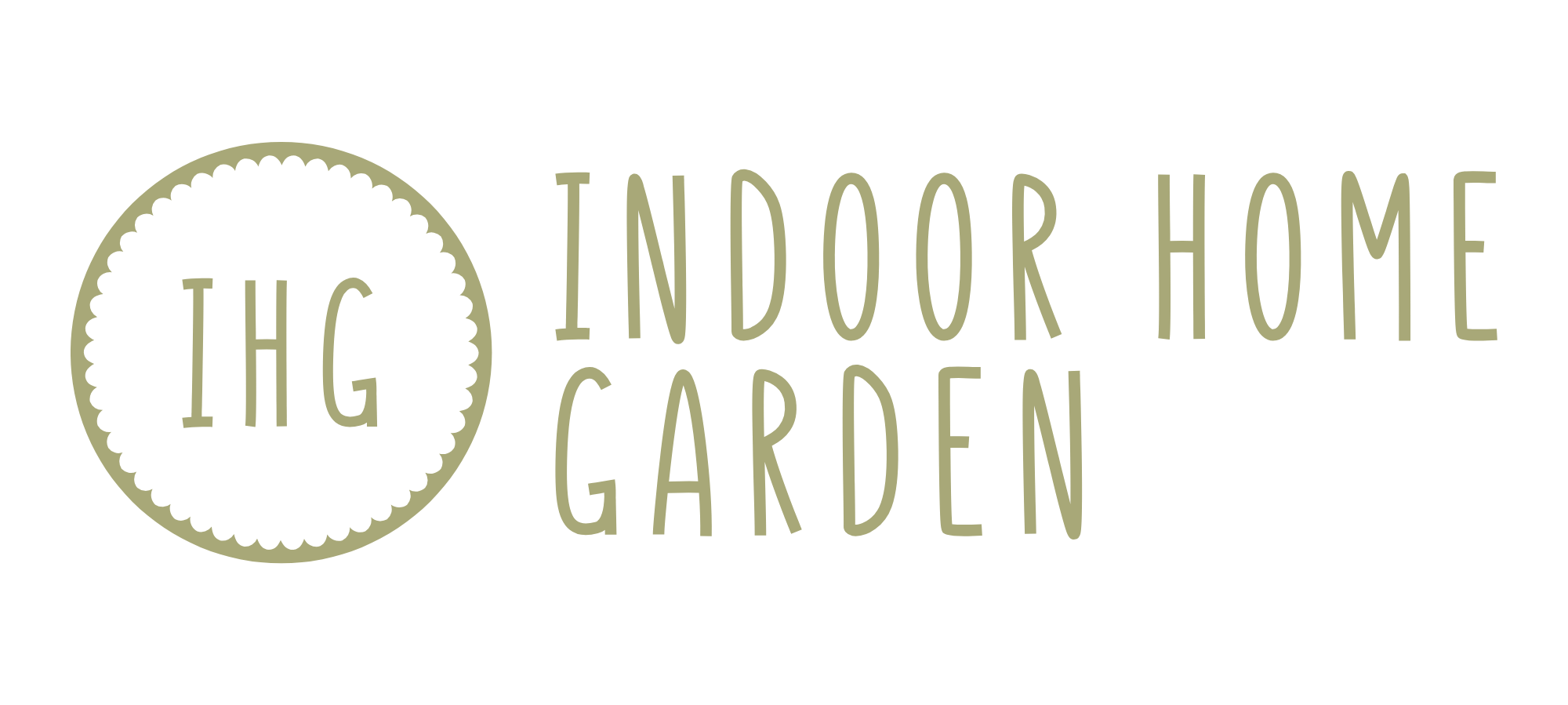Zanzibar Gem, also known as Zamioculcas zamiifolia, is a popular houseplant known for its attractive glossy leaves and low maintenance requirements. This hardy plant is native to Eastern Africa, specifically Tanzania and Zanzibar, and is part of the Araceae family. Zanzibar Gem is able to survive in low light conditions and its resilience to neglect. In this article, we will discuss the various characteristics of the Zanzibar Gem, its growth requirements, propagation, and how to care for this hardy and beautiful plant.
Table of Contents
Characteristics of Zanzibar Gem
The Zanzibar Gem has long, glossy, dark green leaves that grow up to 60cm in length. The leaves are smooth and waxy, with a slightly rippled edge. The plant has a unique underground tuber system which acts as a water reserve, making it an excellent choice for indoor cultivation. It can also withstand periods of drought. The plant produces a long, thick stem that holds the leaves upright, and occasionally produces small, insignificant flowers.
Zanzibar Gem is evergreen, making it an ideal indoor plant for those who want to bring the outside in. The plant is also known as the ZZ plant, and its scientific name Zamioculcas zamiifolia comes from the combination of two Greek words, zamia, meaning “pine cone,” and culcas, meaning “stalk.”
Growing Zanzibar Gem
Zanzibar Gem is a slow-growing plant, and it can take several years to reach its full size. The plant thrives in low light conditions and is a perfect plant for indoor cultivation. It can be grown in a range of soil types, as long as they are well-draining, as the plant can suffer from root rot if the soil becomes waterlogged. The ideal temperature for Zanzibar Gem is between 16 and 25 degrees Celsius. While the plant can tolerate a range of temperatures, it does not fare well in temperatures below 10 degrees Celsius. If the plant is exposed to temperatures below 10 degrees Celsius, it can suffer from leaf drop and will require time to recover.
Propagation of Zanzibar Gem
Propagating Zanzibar Gem can be done through stem cuttings or by dividing the plant’s tuberous roots. Stem cuttings should be taken from the stem’s base and should be around 10-15cm in length. The cuttings should be allowed to dry for several days before being planted in well-draining soil. The soil should be kept moist but not waterlogged. The cutting should be kept in a warm and humid environment until roots have formed.
Dividing the plant’s tuberous roots is another method of propagation. The plant’s roots can be divided during repotting, and the new divisions can be planted in well-draining soil. The divided plant may take several months to recover from the process, but once established, it will grow quickly.
Caring for Zanzibar Gem
Zanzibar Gem is a low-maintenance plant, making it an ideal choice for those who want to add some greenery to their home without spending too much time caring for it. Here are some tips for caring for your Zanzibar Gem:
-
Light Requirements
Zanzibar Gem thrives in low light conditions and can tolerate a range of lighting levels. However, the plant prefers bright, indirect light and will grow faster and produce larger leaves in these conditions.
-
Watering Requirements
The Zanzibar Gem’s underground tuber system acts as a water reserve, meaning the plant can withstand periods of drought. This makes it essential to avoid overwatering the plant, as it can lead to root rot. It is recommended to allow the soil to dry out before watering again. The frequency of watering will depend on the plant’s size, the temperature, and the humidity levels in the room. Generally, it is recommended to water the plant every two to three weeks, but it is essential to check the soil’s moisture level before watering.
-
Soil Requirements
Zanzibar Gem can be grown in a range of soil types, but it is important to ensure that the soil is well-draining. The plant is susceptible to root rot, so it is important to avoid waterlogged soil. A well-draining potting mix that includes perlite or sand can help to ensure adequate drainage.
-
Fertilising Requirements
Zanzibar Gem does not require frequent fertilisation, but it can benefit from occasional feeding during the growing season. A balanced fertiliser with equal parts nitrogen, phosphorus, and potassium can be used every three to four months during the growing season.
-
Pruning Requirements
Zanzibar Gem does not require frequent pruning, but it can benefit from occasional maintenance to remove any yellow or damaged leaves. Pruning can also help to encourage new growth and maintain the plant’s shape. It is essential to use clean and sharp pruning tools to avoid damaging the plant.
-
Pests and Diseases
Zanzibar Gem is generally resistant to pests and diseases, but it can occasionally suffer from mealybugs, spider mites, or scale insects. These pests can be removed by washing the plant with a mixture of water and mild soap. It is important to rinse the plant thoroughly to avoid any soap residue. The plant can also be treated with a horticultural oil or insecticidal soap.
Conclusion
Zanzibar Gem is a low-maintenance and attractive houseplant that is ideal for indoor cultivation. Its unique underground tuber system. Its glossy, dark green leaves make it an excellent choice for those who want to bring some greenery into their home without the hassle of frequent care. The plant is easy to propagate through stem cuttings or by dividing the tuberous roots, and it can be grown in a range of soil types. It is important to ensure that the plant is not overwatered, as this can lead to root rot. Zanzibar Gem is generally resistant to pests and diseases, but occasional maintenance and monitoring can help to keep the plant healthy and thriving. Overall, Zanzibar Gem is an excellent choice for those who want to add some greenery to their home without the need for constant attention.
